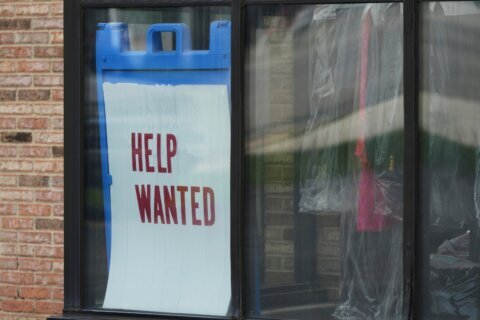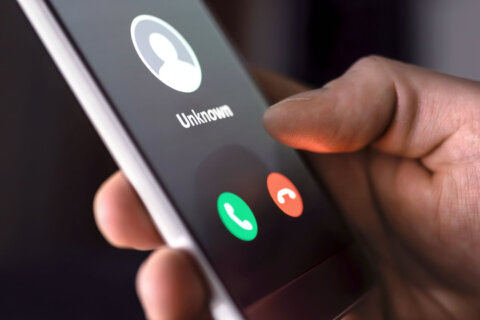WASHINGTON — With so many Americans lacking emergency savings, the personal loan business is booming right now, and the borrowing is led by millennials.
Bankrate.com says 24 million Americans are likely to take out an unsecured personal loan this year.
“I think the actual number will be even higher,” said Todd Albery, chief executive of Quizzle.com, a Bankrate.com company. “A lot of people don’t plan for a personal loan until their roof leaks or their car breaks down.”
A recent report said three in 10 Americans have no emergency savings whatsoever.
Bankrate.com says 18 percent of 18 to 29 year olds are either very likely or somewhat likely to apply for a personal loan this year.
No other age group combined for more than 9 percent.
There are several other reasons for the increase in personal loans. Banks see a lot of potential and area willing to take more risk because of the low unemployment rate and the Federal Reserve’s low interest rate policy.
Lenders are providing ample credit right now. TransUnion says the number of consumers with personal loans has grown 18 percent since 20013.
And in addition to traditional banks, new online peer-to-peer lenders like Prosper and LightStream are providing alternative sources for personal loans.
Unlike home equity loans or lines of credit, personal loans are not secured by property. They also come with higher interest rates.
Bankrate.com says currently, the average rate on an unsecured personal loan is 11.3 percent, but it found loan offers as low as 5.5 percent for borrowers with excellent credit.
In addition to helping pay for emergency expenses, those low rates are also attractive to borrowers looking to consolidate credit card debt; the average credit card interest rate right now is 15.7 percent.
Bankrate.com is quick to point out that personal loans are often not the best choice.
HELOCS (Home Equity Lines of Credit) carry lower rates and often provide for higher borrowing amounts.
And, Americans with good credit could be getting offers for 0% credit card balance transfers for as long as 21 months.








